Have you ever wondered why certain advertisements are displayed on your Facebook News Feed? Recently, Facebook has been striving to alter the way advertisers control their custom audience lists. A custom audience list refers to the contact records advertisers transfer to Facebook to target advertisements. These uploaded lists include: phone numbers, email addresses, and other data which use algorithms to cross reference information against profiles. The goal of this action is for Facebook to provide more transparency to their users and explain why specific ads appear on their News Feed.
Starting on July 2nd, advertisers will have to specifically identify the source of an audience’s information at the time they utilize a custom audience list. When uploading these lists, advertisers will be required to state whether the information was gathered directly from customers, directly from agencies, or from a combination of both customers and data providers or agencies.
In addition to advertisers specifying where and how they gather user data, all members of an advertisers account team who has access and manages Custom Audiences will be required to acknowledge and agree to Facebook’s new terms.
Due to this new condition, users will be more conscious of why they are viewing specific advertisements. By clicking the “Why am I seeing this?” section in the drop-down menu attached to every advertisement, Facebook users will be shown who specifically added them to the list of people advertisers or providers were attempting to reach. Furthermore, this feature will inform the user how their information was acquired whether it was through their phone number, email, or another channel. If a user no longer wishes to view ads from an advertiser or provider, then they can edit that feature by selecting manage their ad preferences. Users are also allowed to hide ads. These stipulations remind advertisers that it is imperative to protect users’ privacy before they run specific ads.
In March, Facebook updated its privacy options for their users by eliminating the third-party “Partner Categories” program which enables advertisers to target users based off demographics or by examining their purchasing patterns. These changes are believed to be the result of the scandal surrounding Cambridge Analytics. This data analytics firm inappropriately obtained data from approximately 87 million Facebook users, which has caused many users to become skeptical of their privacy and how they are being targeted by businesses.
When ad targeting is executed properly, it can benefit both consumers as well as businesses. Facebook hopes to continue to improve transparency and accountability for advertisers.
Sources:
https://marketingland.com/facebook-custon-audience-permission-tool-user-consent-confirmation-237366
https://www.facebook.com/business/news/introducing-new-requirements-for-custom-audience-targeting

